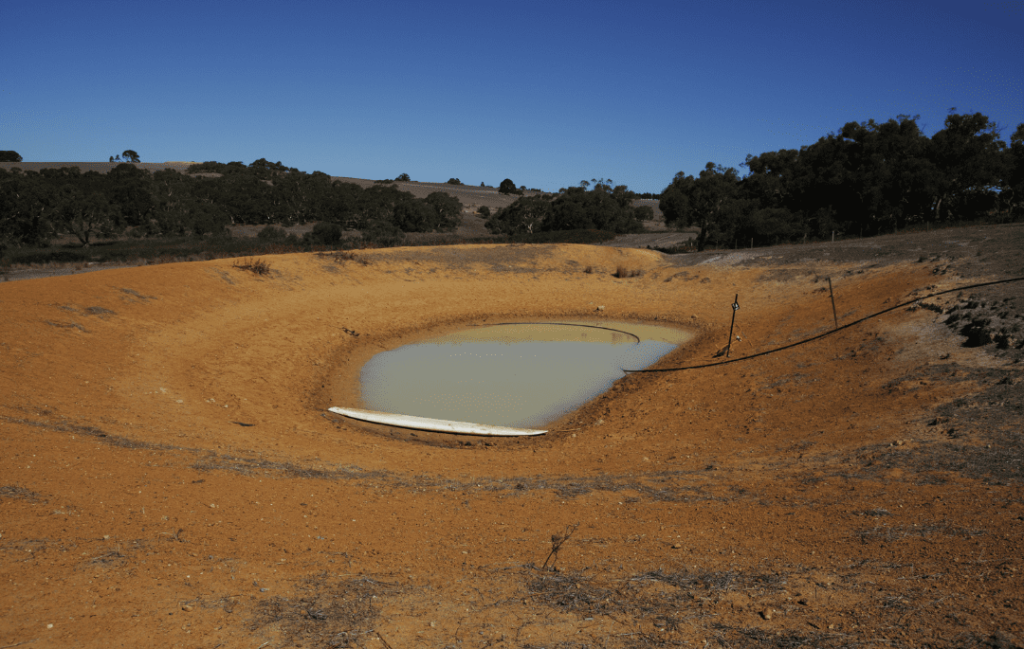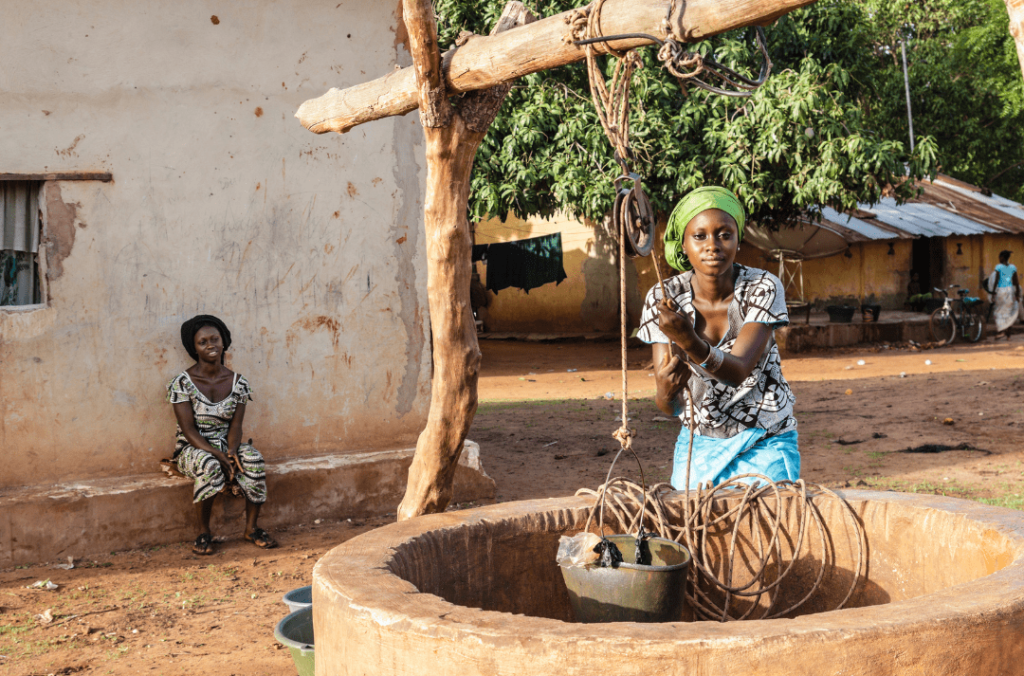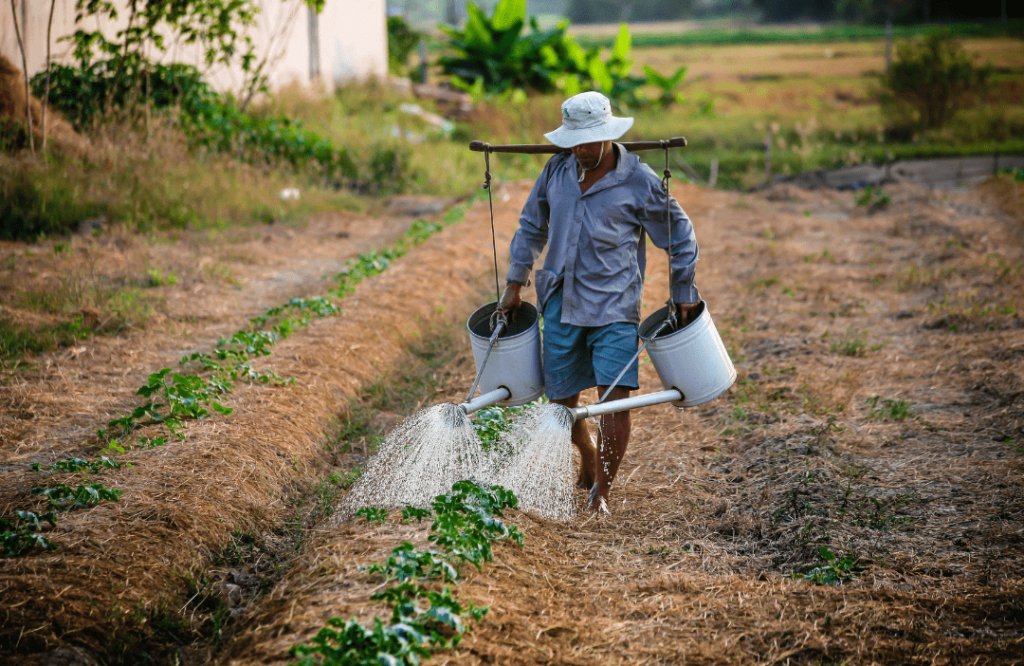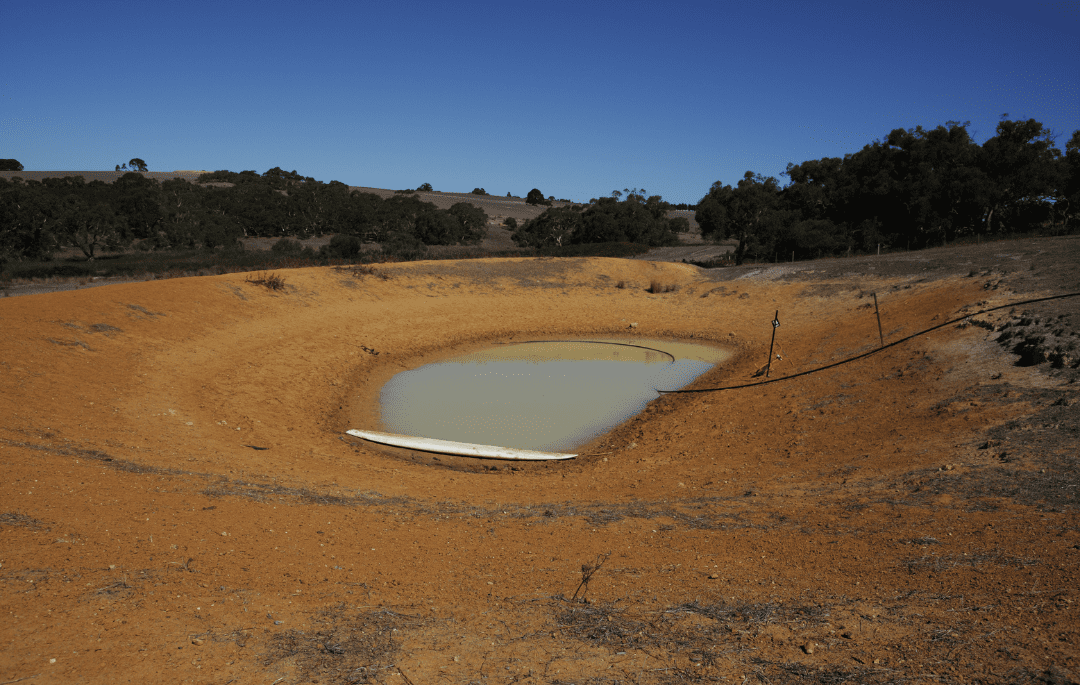In today’s world, the urgency of addressing climate crises and the imperative for sustainable development have never been more apparent. The climate crisis presents unprecedented challenges to communities worldwide, amplifying existing vulnerabilities and imperiling livelihoods, ecosystems, and biodiversity. From the escalation of extreme weather events to rising sea levels and disruptions in agricultural systems, the ramifications of climate change are multifaceted and profound.
The Sustainable Development Goals (SDGs), embraced by all United Nations Member States in 2015 as part of the 2030 Agenda for Sustainable Development, present a universal mandate to eliminate poverty, safeguard the planet, and ensure shared prosperity. Comprising 17 interconnected goals, the SDGs offer a holistic framework for addressing a spectrum of global challenges. Each SDG encompasses specific targets aimed at addressing various facets of sustainable development ranging from poverty eradication and quality education to gender equality and clean water and sanitation, among others. Central to the SDGs is Goal 13: Climate Action, which underscores the imperative of combating climate change and its far-reaching impacts. Focusing specifically on the perspective of developing areas, the UN’s 2023 Sustainable Development Goals Report states that these regions will necessitate close to $6 trillion in global climate finance by 2030. Moreover, these highly susceptible areas experience mortality rates from disasters that are 15 times higher than those in regions with lower vulnerability.
 According to the Intergovernmental Panel on Climate change (IPCC), rural communities are the most vulnerable to the impacts of climate change, and climate change impacts worsen already existing inequalities facing these communities. Around 80% of the world’s poor reside in rural regions and are heavily dependent on agriculture for sustenance. These communities bear a disproportionate brunt of climate-induced hazards like droughts, floods, and extreme temperatures, occurring with increasing frequency. For example, in Sub-Saharan Africa, crop yields are projected to decline by 5 to 17 percent by 2050, exacerbating food insecurity and poverty.
According to the Intergovernmental Panel on Climate change (IPCC), rural communities are the most vulnerable to the impacts of climate change, and climate change impacts worsen already existing inequalities facing these communities. Around 80% of the world’s poor reside in rural regions and are heavily dependent on agriculture for sustenance. These communities bear a disproportionate brunt of climate-induced hazards like droughts, floods, and extreme temperatures, occurring with increasing frequency. For example, in Sub-Saharan Africa, crop yields are projected to decline by 5 to 17 percent by 2050, exacerbating food insecurity and poverty.
There are a multitude of ways that the effects of climate change can threaten the livelihoods, natural resources, and ecosystems of rural populations and areas. Prolonged droughts can lead to soil degradation and crop failures, whereas intense rainfall and flooding can damage crops and disrupt planting and harvesting seasons. A 2023 study by NASA showed that the frequency of extreme wet and dry events was 4 per year from 2015-2021 – seven of the nine warmest years in modern record. This marks an increase from the 3 events per year recorded in the previous 13 years. Additionally, coastal communities that are reliant on fishing and aquaculture for their sustenance and income are vulnerable to the impacts of sea-level rise, which can result in inundation of coastal habitats, loss of arable land, and saltwater intrusion into freshwater sources. In many cases, these impacts are compounded by socioeconomic factors such as limited access to resources, inadequate infrastructure, and insufficient support mechanisms, amplifying the challenges faced by rural populations in adapting to climate change.
 In light of the daunting challenges and urgency posed by climate change, integrating climate action into development strategies becomes not just important but imperative for nurturing resilient communities capable of enduring environmental shocks. A concerted effort must be made at both local and global levels. Firstly, there needs to be a focus on promoting climate-resilient agricultural practices, such as conservation agriculture, crop diversification, and water-efficient irrigation techniques, to enhance food security and livelihoods. This is especially pertinent considering the projected increase in population, which will necessitate a projected production surge of approximately 50% more food by 2050, according to the FAO. Achieving this without a substantial rise in greenhouse gas emissions will require a concerted effort towards implementing these sustainable agricultural practices. Furthermore, there is a critical need to strengthen community resilience through capacity-building initiatives, including training in disaster preparedness, ecosystem restoration, sustainable natural resource management, and the diversification of income sources and livelihoods.
In light of the daunting challenges and urgency posed by climate change, integrating climate action into development strategies becomes not just important but imperative for nurturing resilient communities capable of enduring environmental shocks. A concerted effort must be made at both local and global levels. Firstly, there needs to be a focus on promoting climate-resilient agricultural practices, such as conservation agriculture, crop diversification, and water-efficient irrigation techniques, to enhance food security and livelihoods. This is especially pertinent considering the projected increase in population, which will necessitate a projected production surge of approximately 50% more food by 2050, according to the FAO. Achieving this without a substantial rise in greenhouse gas emissions will require a concerted effort towards implementing these sustainable agricultural practices. Furthermore, there is a critical need to strengthen community resilience through capacity-building initiatives, including training in disaster preparedness, ecosystem restoration, sustainable natural resource management, and the diversification of income sources and livelihoods.
IIRR works to implement practices like these and others in the establishment of Climate-Smart Villages (CSVs), which serve as models for fostering climate resilience in rural communities across Africa and Southeast Asia. Through the adoption of regenerative agriculture techniques, such as the cultivation of drought-resistant crops and the promotion of soil health, CSVs aim to mitigate the impacts of climate change on agricultural productivity. Additionally, nutrition education and supplementary feeding programs emphasize the utilization of local crops and help to ensure dietary diversity and resilience to fluctuations in food availability. Moreover, the creation of economic safety nets through diversified sources of income, including livestock rearing and agroforestry, helps to ease financial burdens and uncertainty. Employing multifaceted strategies such as these can effectively address not only the environmental challenges but also the socioeconomic disparities and obstacles prevalent in these regions. Furthermore, at the core of IIRR’s endeavors lies a commitment to promoting climate justice. This entails ensuring that the most vulnerable communities and populations are empowered to participate in decision-making processes and have access to the support they need to adapt. This is especially important when it comes to ensuring the inclusion and economic empowerment of women in agriculture, as they frequently lack representation and influence in decision-making processes.
As we navigate the complex challenges posed by the climate crisis, maintaining a steadfast commitment to sustainable development is paramount. By aligning development efforts with SDGs and prioritizing climate resilience, we can chart a path forward where vulnerable communities are equipped to endure and even flourish amidst the climate fluctuations anticipated in the years ahead.

Sources:
https://report.ipcc.ch/ar6/wg2/IPCC_AR6_WGII_FullReport.pdf
https://www.un.org/development/desa/dspd/wp-content/uploads/sites/22/2020/03/Suttie-Paper.pdf
https://www.elibrary.imf.org/view/journals/087/2022/016/article-A001-en.xml
https://sdgs.un.org/goals/goal13
https://sdgs.un.org/goals
https://www.nasa.gov/centers-and-facilities/goddard/warming-makes-droughts-extreme-wet-events-more-frequent-intense/
https://www.ipcc.ch/srccl/chapter/chapter-5/
https://iirr.org/climate-change-adaptation/




